The Chinese regime urged the United States to act responsibly in space on Dec. 28, after its space station was forced to take evasive action to avoid a collision with satellites launched by Elon Musk’s SpaceX Starlink program.
Earlier on the same day, the Chinese state-run Global Times criticized the Starlink program and claimed that the Pentagon had tried to test the Chinese space station’s capability of detecting a potential collision.
“There’s a huge amount of debris in space. All space stations and satellites need to maneuver themselves to avoid collisions, which is not a big matter. The Chinese regime had its agenda by enlarging this tiny issue,” Wang He, a columnist for The Epoch Times, said on Dec. 28.
Wang pointed out that the foreign ministry’s spokesperson spoke about the complaint on Dec. 28 because of a question asked by a reporter from regime mouthpiece China National Radio.
“This is an arrangement by the Chinese regime’s propaganda system,” he said.
“The Chinese regime wants to claim supremacy in space. It wants to show the world that its space station is advanced and can detect a potential collision. It wants to give the impression to the world that China is strong in space and the United States didn’t behave correctly.
“Another agenda is that [the Chinese regime] wants to know the cooperation between Musk’s SpaceX and the Pentagon. It wanted to know the details of the cooperation and how the cooperation progresses. So far, neither SpaceX nor the Pentagon responded to China’s criticism. It means Beijing’s plan to know the business secret has failed.”
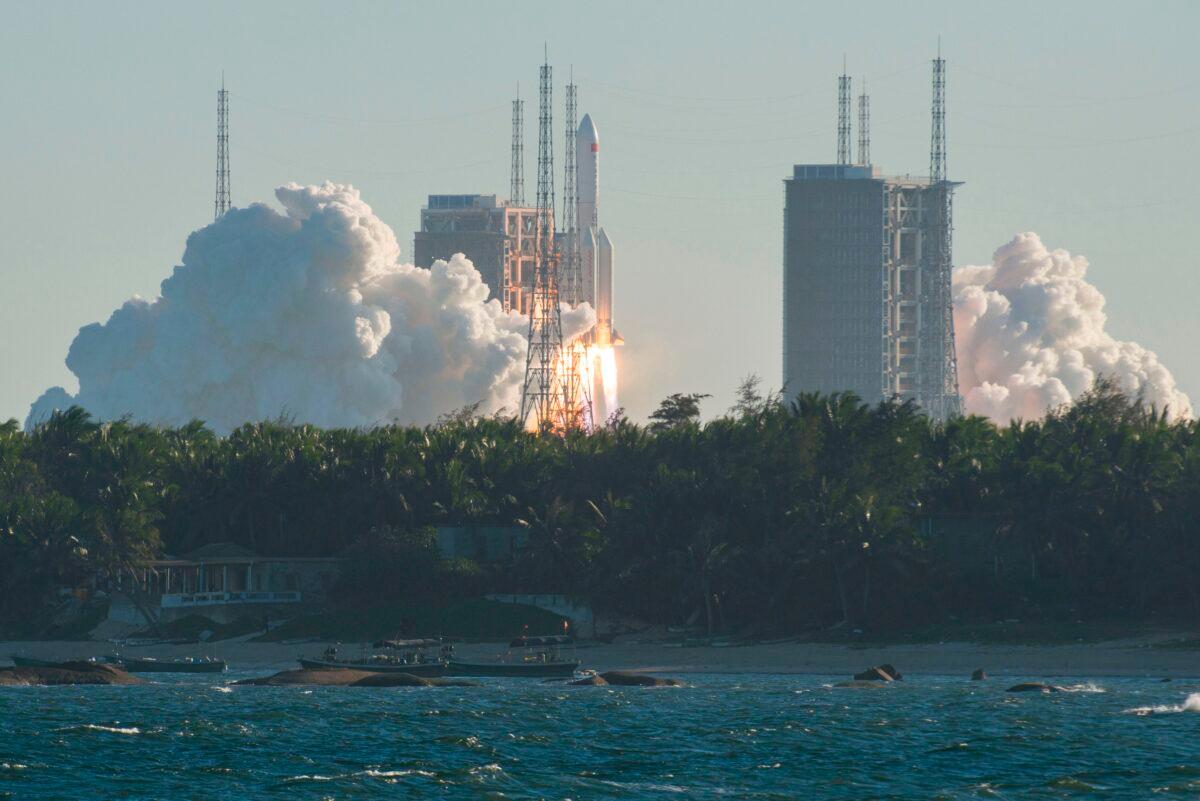
China’s Complaint
China’s permanent mission to the United Nations (Vienna) sent a note verbale to U.N. Secretary-General António Guterres on Dec. 3 about two incidents between the Chinese space station and the Starlink program, according to the U.N. Office for Outer Space Affairs (UNOOSA).The Chinese space station, which was launched on April 29, orbits the Earth at an altitude of about 242 miles. SpaceX’s Starlink program has planned to set up satellite-based internet services around the world by launching 12,000 satellites. So far, the program has 1,740 satellites in orbit.
The Chinese regime has claimed that Starlink-1095 used to orbit at an altitude of 344 miles, but was lowered to 237 miles in May and June. The regime complained that the Starlink-1095 lowered more on July 1, which unnerved astronauts aboard the Chinese space station, which had to be maneuvered to avoid a potential collision. The regime clarified that the Starlink-1095 was out of orbit on Sept. 20 and had been dropped to the atmosphere. The previous reduction of its altitude was part of the process of its decommissioning.
On Oct. 21, Starlink-2035 reduced its orbit by about 62 miles to 344 miles, the regime claimed. To avoid a potential collision, the Chinese space station again was maneuvered. Global Times quoted Chinese space experts saying that Starlink-2035 might have adjusted its altitude to test its telecommunication performance. But the report also questioned whether the Pentagon could have been behind the test.
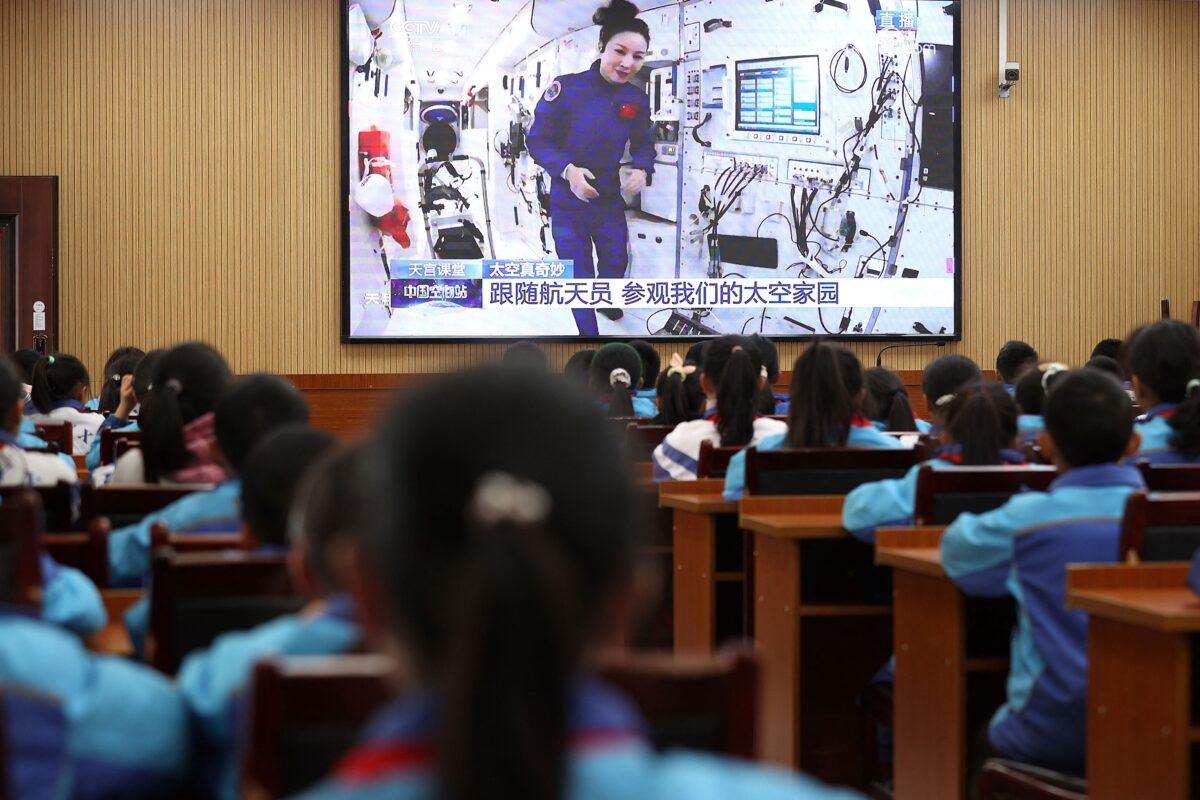
The Ambition
The Chinese foreign ministry and state-run media reports mentioned only two incidents. In fact, the Chinese regime has increased the risk for all parties in space by unnecessarily producing a large amount of debris in the past couple of decades.China’s Fengyun-1C, a weather satellite that was launched in May 1999, is a good example.
In 2002, the Chinese regime decommissioned the Fengyun-1C, which worked for only two years, but left it in orbit at 536 miles. In 2007, China fired a ballistic missile targeting the defunct satellite, which created a large debris field with more than 3,000 pieces. This debris is still orbiting in space and presents an increased risk to spacefarers to this day.
On Nov. 10, the International Space Station had to take evasive action to avoid a collision with a piece of debris from this field.
“Not only the space debris, the rockets that the Chinese regime has launched have also caused a lot of damage and trouble. A recent example includes the Long March 5 [CZ-5 or LM-5] launching the Chinese space station on April 29, but the rocket stage lost control in space and fell into the Indian Ocean on May 8. People around the world watched and worried about the fiery [uncontrolled] reentry,” Wang said.
“The Chinese regime has spent all the country’s resources to develop its space technology, and wanted to compete with the United States in space. The regime’s ambition is clearly exposed in front of the public: It wants to own supremacy in space.”
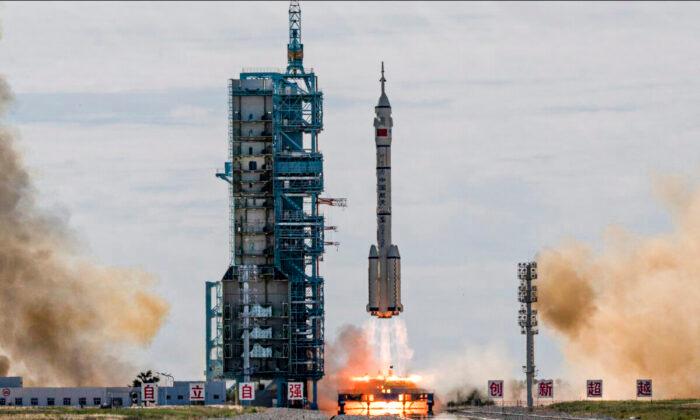

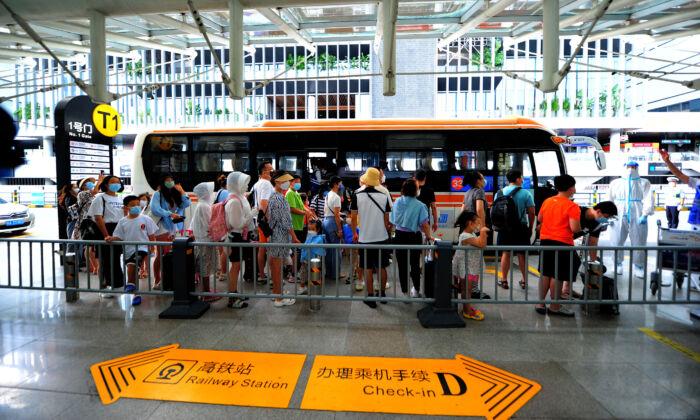
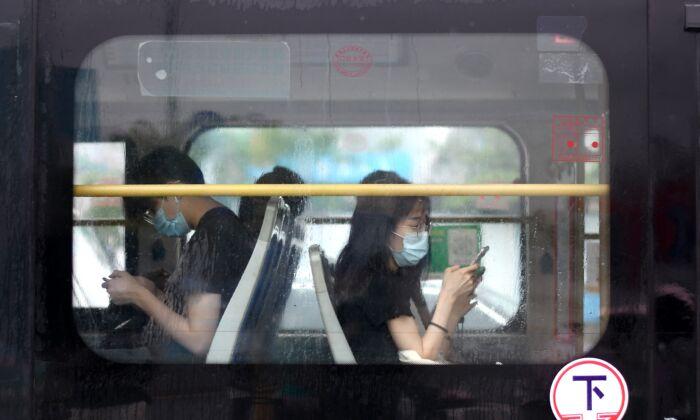
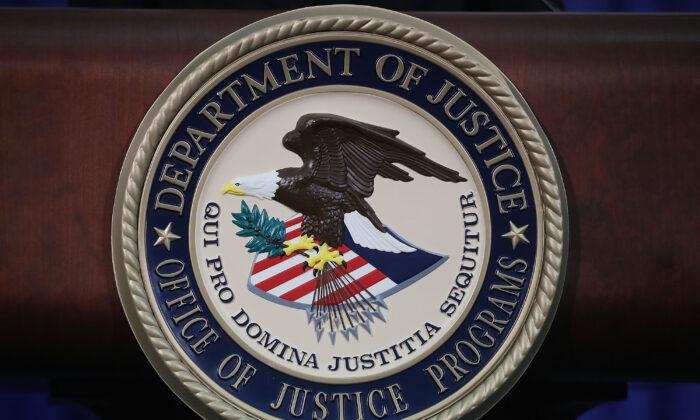

Friends Read Free